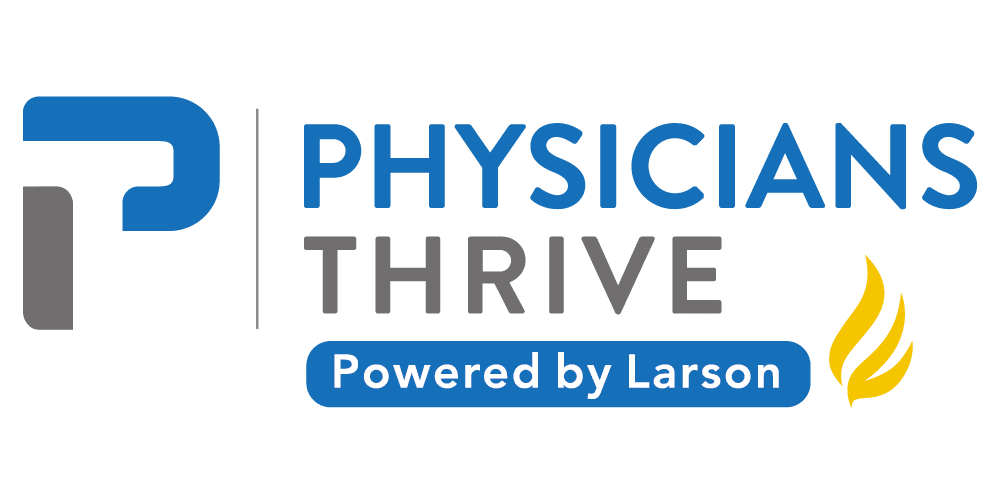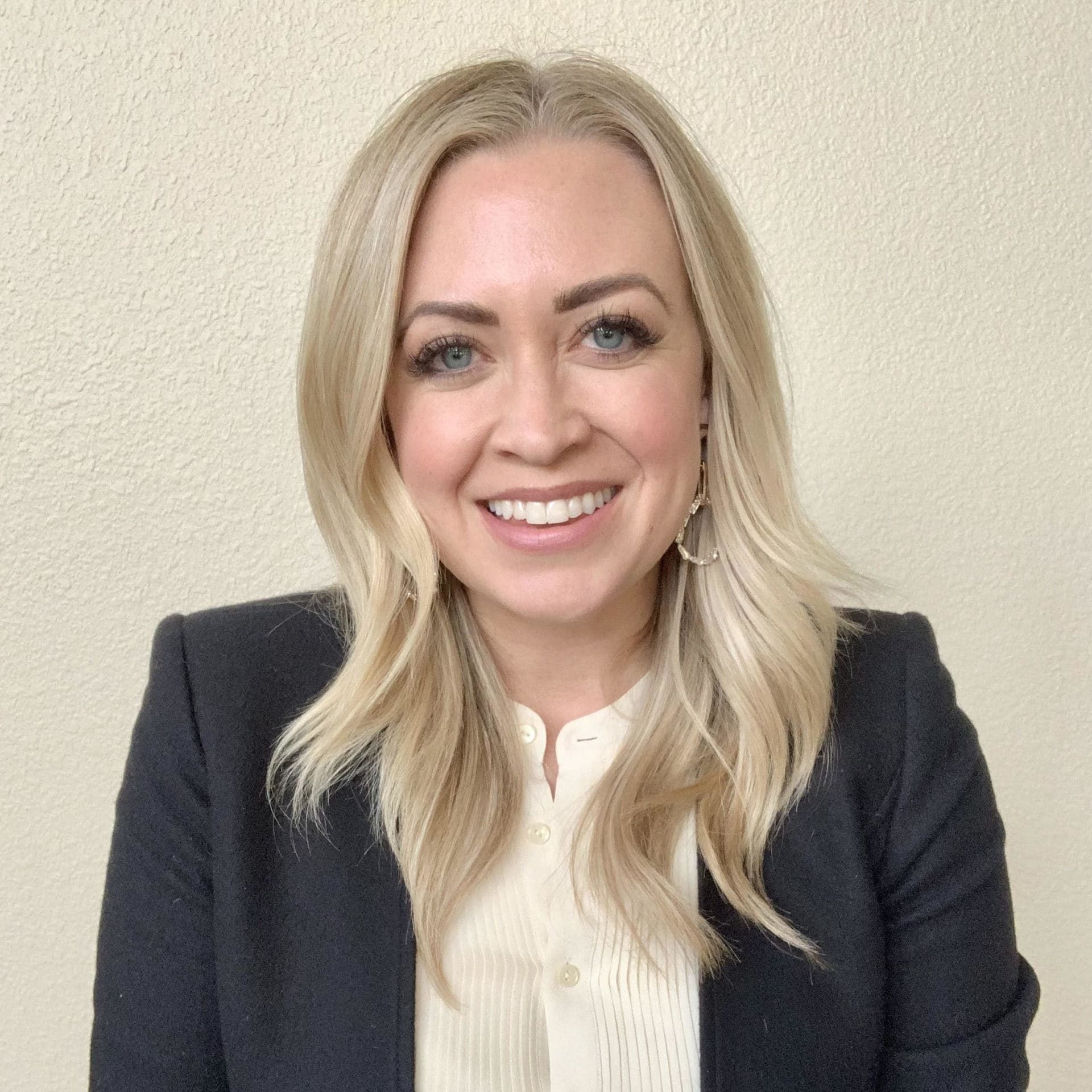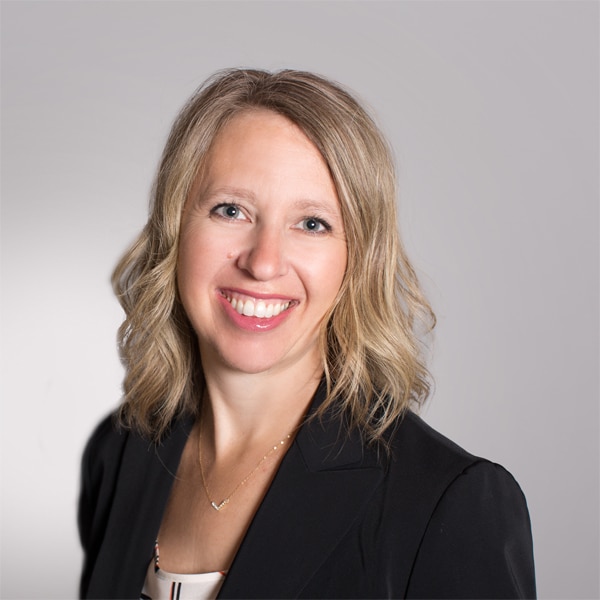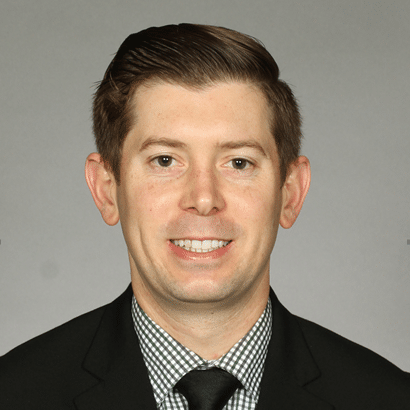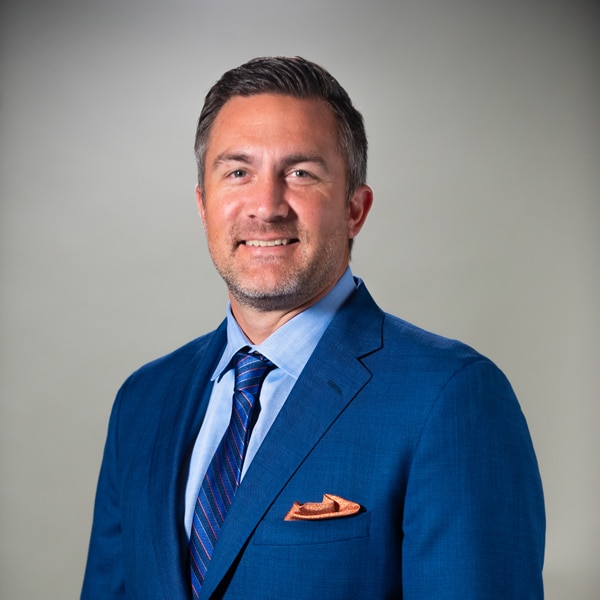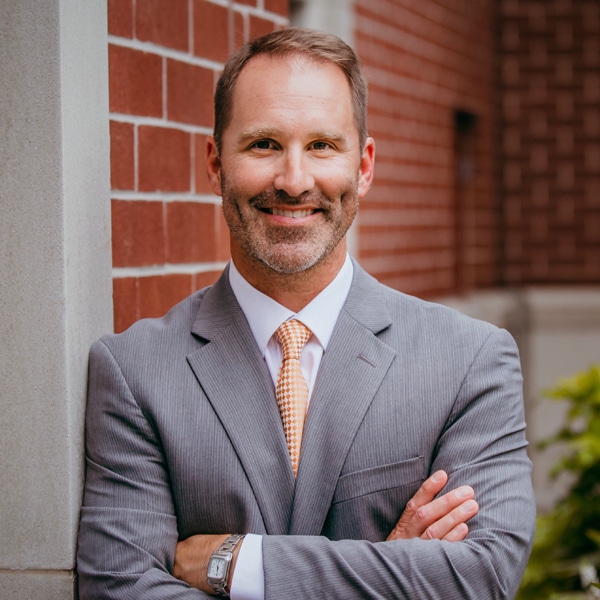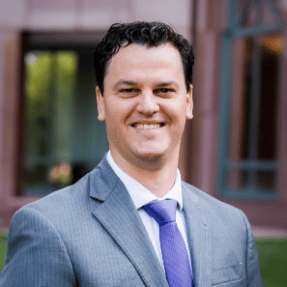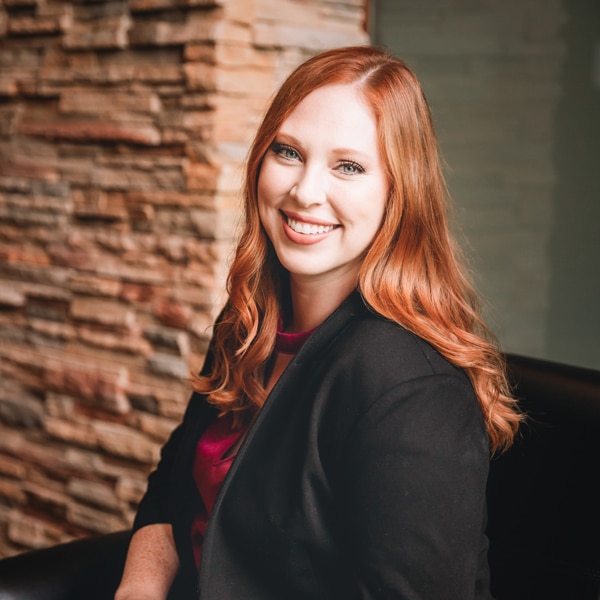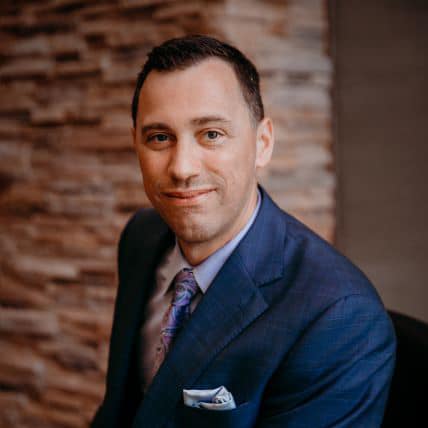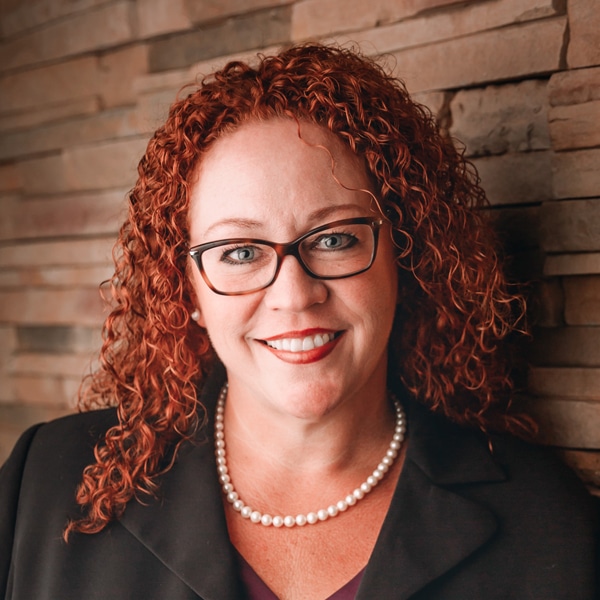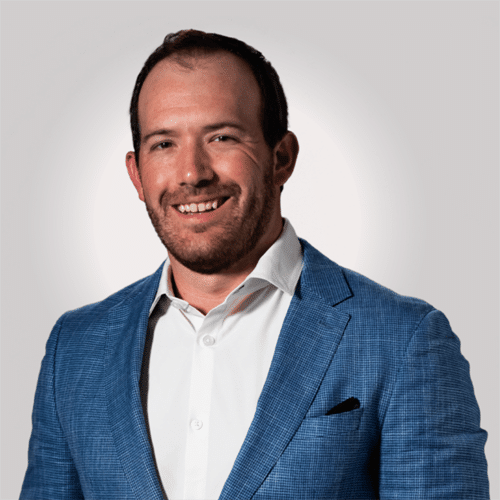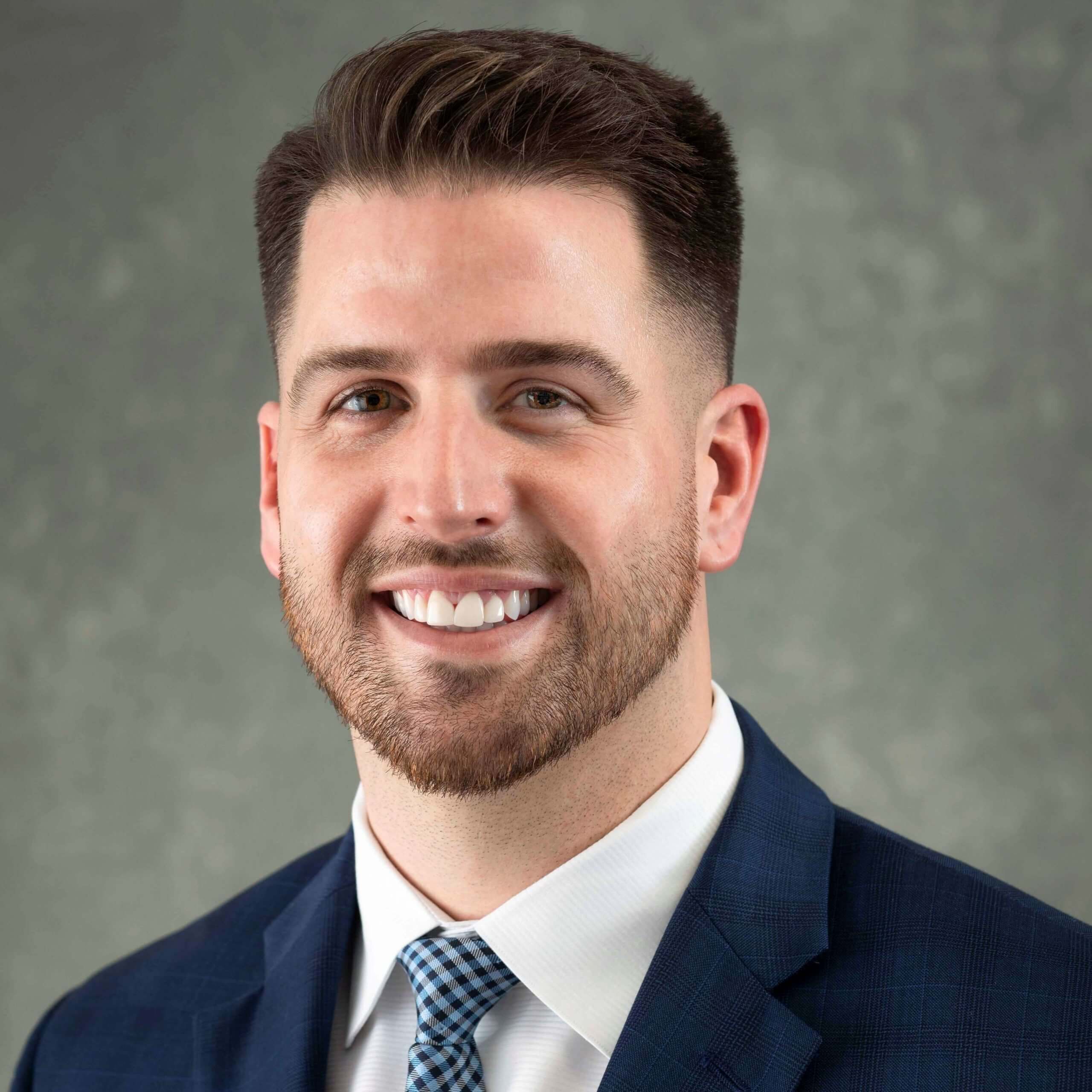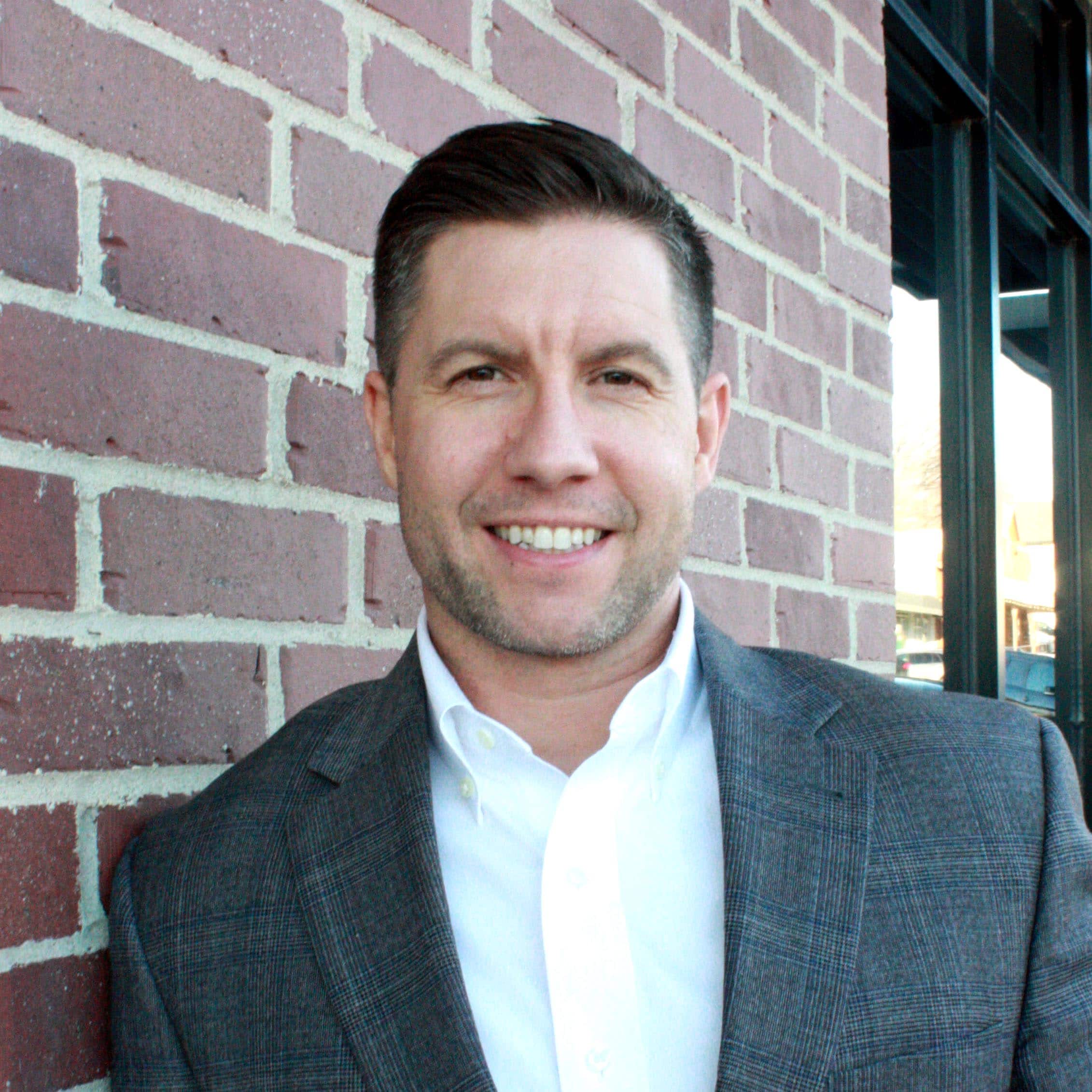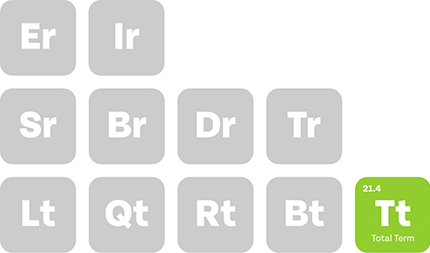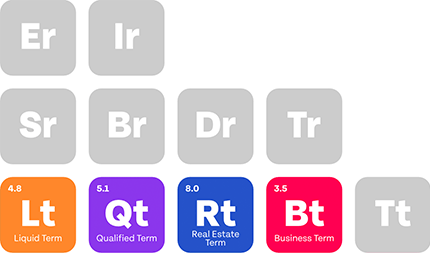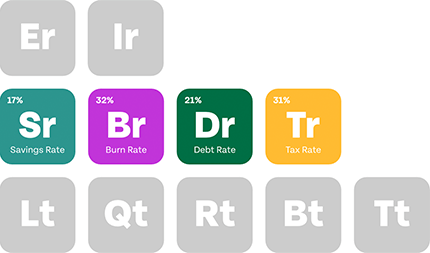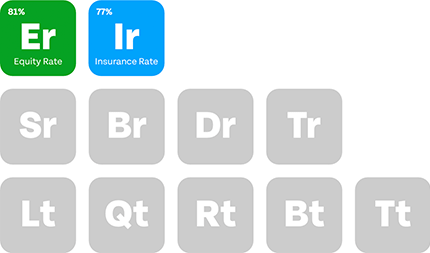Despite having high student loan debt and limited savings early in your career, your earning potential and financial stability as a physician make you an attractive borrower to most lenders.
This helps you access loans with higher amounts while enjoying a lower interest rate, longer repayment periods, and no private mortgage insurance (PMI).
But this ease of access also comes with its challenges. Read on to learn more about these challenges and your options for investment property financing.
Key Takeaways
- Physicians can secure favorable loans despite high debt due to strong earning potential.
- Property investments build equity, provide tax benefits, and hedge against inflation.
- Financing challenges include high debt-to-income ratios and limited savings for down payments.
- Loan options include physician loans, business loans, and conventional mortgages.
Table of Contents
Why Should Physicians Invest in Property
While doctors carry significant debt, they’re in the unique position of having high enough income to offset the liability that would usually come from being in debt.
This combination helps them get larger loans with more favorable terms because lenders tend to trust physicians.
This is one reason to invest in property, even during residency or early in your career, but it’s not the only one. Here are three other reasons:
1. You Can Build Equity Early
If you’re doing residency in a high-cost-of-living (HCOL) area, it might be better to buy than rent for two reasons:
- You’ll have a fixed payment to make every month instead of fluctuating rental rates.
- You can easily refinance your home later through a home equity loan if you want.
You’ll also be able to earn rental income, which could offset any negatives like higher taxes and tying yourself to one location.
2. Tax Benefits
Investing in rental property can help you offset some of your expenses as tax deductions.
These include mortgage interest, property management fees, and home maintenance costs.
Depending on where you buy, depreciation allowances will also reduce the tax you have to pay.
3. Hedge Against Inflation
Real estate values usually go up—property prices have increased by 47% since 2020.
This makes investment properties appreciate assets that can help real estate investors maintain and increase their financial stability over time.
You also get the opportunity to rent your house if you’re moving to another state for increased cash flow, which can insulate you from the impact of inflation.
Investment Property Financing Challenges for Physicians
Here are two challenges you’ll run into when looking for investment property loans:
1. High Debt-To-Income Ratios
Physicians often have high student loan debt, which inflates their debt-to-income (DTI) ratio.
Even with a high salary, conventional lenders may look at this as a risk, which makes it harder for doctors to qualify for conventional loans.
But this doesn’t mean you can’t get any loans.
As we’ve mentioned, lenders do favor the unique situation of doctors because while you have high debt, you also have a very high chance of paying it back.
This means you can get conventional loans, but you might have to try harder.
2. Limited Savings for Down Payments
Doctors early in their careers usually find it difficult to save enough for a down payment on an investment property—which is 20% of the total value.
This is because of high student loan payments and other financial obligations.
This inability to save enough may make it difficult for you to meet investment property loan terms, even if they’re favorable for you.
Financing Options for Physicians
If you’re thinking of financing a new practice or another residence, here are three financing options you can tap into:
1. Physician Loans
A physician loan is a private mortgage geared towards doctors.
It has fewer qualifying requirements and more generous terms compared to most conventional loans, such as:
- 100% financing
- No down payment
- No private mortgage insurance (which most borrowers have to pay when putting down less than 20% of the purchased property’s value)
- Loans over $1 million (this figure can go as high as $5 million if you’re setting up your practice)
However, most doctor mortgages have fluctuating interest rates, so your payments will rise or fall as interest rates are adjusted.
But if these rates become an issue in the future, you can refinance your loan for better rates.
2. Business Loans
If you’re looking to start your practice, you can get a business loan.
These can help you fund your investment property, equipment, and other financial costs associated with opening a practice.
There are three main types of these loans:
Small Business Administration (SBA) Loans
SBA loans are backed by the federal government and cover up to 85% of the loan amount.
They are for small businesses that are already operating. This means you need to have a practice as a doctor before signing up for this loan.
As a physician, you’ll have the option to go for several loans, with the SBA 7(a) giving the best loan-to-value benefits.
You can use this loan to expand your services, buy medical equipment, open a new location, or get more people on board.
However, since it’s very high in demand, you’ll need to have a strong credit score, reliable income, and stable cash flow to get this loan.
Business Lines of Credit
A business line of credit gives you access to funds you can draw as needed, much like a credit card, but at a lower interest rate.
This helps you borrow what you need and only pay interest on the amount used.
Once you’ve made your payments, the loan will be available again.
This can help you cover expenses like inventory, payroll, and unexpected costs.
Working Capital Loans
Working capital loans, also known as term loans, are designed to help you manage your day-to-day operational costs, which include utilities, rent, and salaries.
They’re processed quickly, so you have quicker access to funds.
However, you have to repay these loans within one to five years and have to pay a higher interest rate if you’re not financing with a conventional bank.
3. Conventional Loans
Conventional investment property loans are mortgages backed by private lenders.
You can get them through any bank, credit union, or mortgage company. They have two types:
- Adjustable-rate mortgages: This loan has a fixed interest rate for the first few years, then the rate will change at preset intervals.
- Fixed-rate mortgages: This loan has a fixed interest rate, so your monthly mortgage payments remain the same for its length.
While physicians can get high loan amounts from these mortgages, they also have to meet very strict requirements, such as:
- High credit score (a minimum of 620, with higher scores needed for better terms)
- Debt-to-income ratio not exceeding 42-45%
- 20% down payment (but you can go as low as 3-5% depending on the lender)
- Private mortgage insurance (0.46-1.5% of the loan amount per month)
Which Lenders Offer Loans to Physicians?
Here are some lenders that offer loans to physicians:
- Bank of America
- United Community Bank
- First National Bank
- Fifth Third Bank
- Valley Bank
- BMO Bank
- Guaranteed Rate
- Huntington Bank
- Northpointe
- Truist
- Fairway Independent Mortgage Corporation
How to Apply for a Physician Loan
The loan process will differ based on the type of loan you want, its costs and terms, and the paperwork involved.
However, here’s the typical application process:
- Talk to a loan officer: If you’re thinking of getting an investment property mortgage, spend some time shopping around and talking to loan officers. They’ll help you understand the options available to you, how each loan works, and the total costs involved.
- Fill out your application form: Once you’ve settled on a loan type, you can fill out the form with your name, employment details, etc. You’ll also be provided with a disclosure of all loan terms. Read these thoroughly to understand what you’re getting into.
- Attach your documents: Attach documents like your professional credentials, financial statements, and employment contracts to your application. Make sure to get your medical certificates attested.
- Submit your loan application: Once you’ve read and signed the documents, submit your loan application to the lender.
During loan application processing, your lender will verify your information, assess your financial standing, and perform background checks.
After all checks are done, you’ll get a final approval and receive the loan amount in your bank account.
Get the Loan You Need With Physicians Thrive
As a physician, investing in property can help you build equity early, get tax benefits, and set up a hedge against inflation.
But your high DTI ratio and limited savings might make it difficult to access loans, especially if you’re just out of residency.
That’s where we come in.
At Physicians Thrive, we help physicians get loans with terms that work for them now and over time.
Our team uses a financial planning system called Elements® to give you a real-time scorecard of your financial situation so you’re always taking the right amount of risk.
Ready to learn how we can help you build wealth? Give us a call today.

